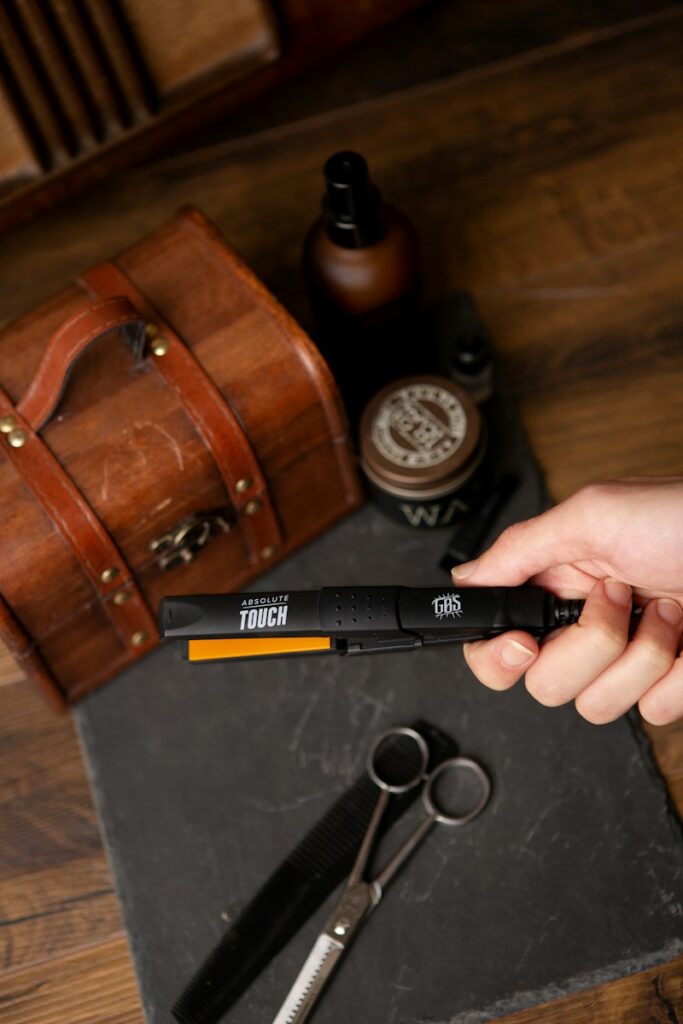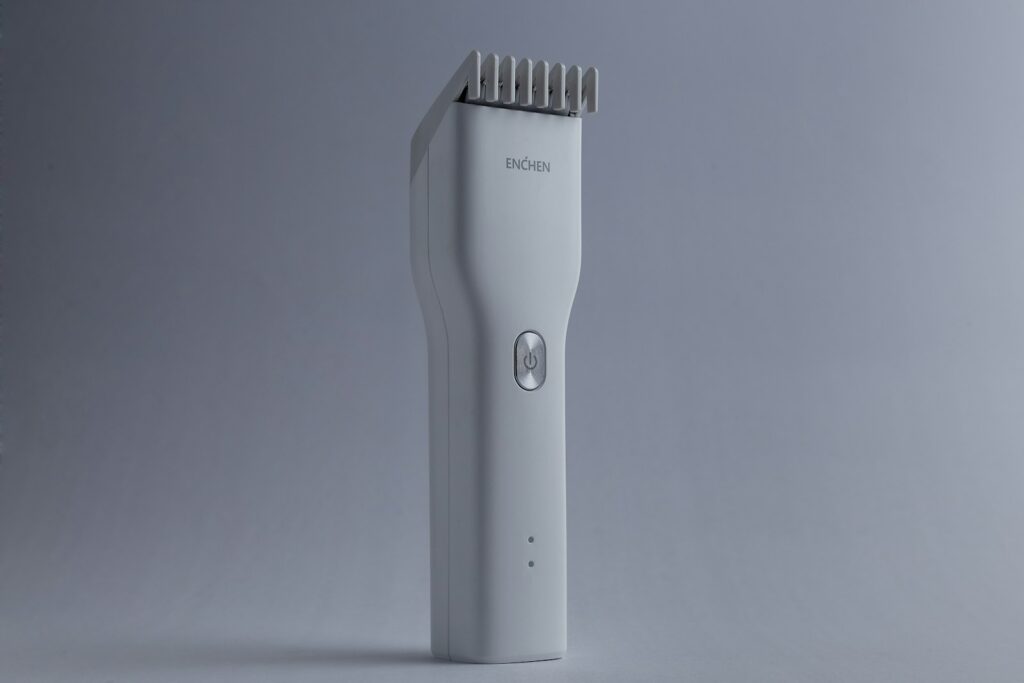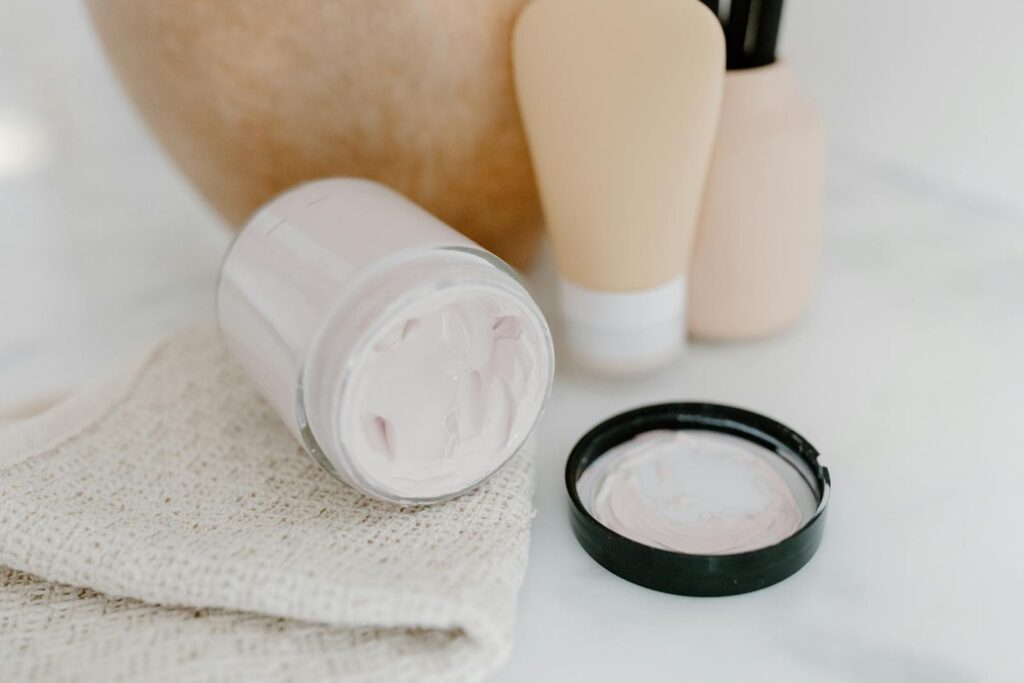If beard growth seems stalled, it might be more than just a grooming issue. Genetics play a key role, determining your hair’s growth phase length. Lifestyle choices, like poor nutrition and stress, can hinder progress too. Additionally, environmental factors such as pollution and weather might be impacting hair health. Understanding these elements is essential for promoting healthy growth. Could a few adjustments to your routine make a difference? Let’s investigate further.
Key Takeaways
- Genetics determine the Anagen phase length, which affects your beard’s potential growth length.
- Nutrient deficiencies, particularly in protein and essential vitamins, can slow down beard growth.
- Excessive stress disrupts the hair growth cycle, potentially stalling beard development.
- Regular exercise boosts circulation, supporting healthy beard follicle stimulation and growth.
- Proper grooming, including conditioning and moisturizing, is crucial to prevent breakage and promote continuous growth.
Understanding the Hair Life Cycle
The hair life cycle is a fascinating process that affects how and why hair grows. It consists of three stages: Anagen, Catagen, and Telogen.
During the Anagen phase, which lasts 2-6 years, hair actively grows as follicles anchor into the skin. This stage determines the potential terminal length.
Next, the Catagen phase, a brief 2-3 week period, sees hair growth halt and follicles shrink.
In the Telogen phase, hair naturally falls out, making way for new growth.
Understanding this cycle is essential for those aiming to support others in achieving healthy hair, as it sheds light on the continuous process of shedding and regrowth. Additionally, incorporating practices like stimulating hair follicles through micro-needling can further enhance the growth process by promoting blood circulation and nutrient delivery to the follicles.
The Role of Genetics in Beard Growth
Understanding the hair life cycle provides a foundation for exploring how genetics play a role in beard growth.
Genetic factors determine the length of the Anagen phase, directly impacting how long facial hair can plunge before it sheds. This phase, lasting 2-6 years, varies per individual, setting the potential terminal length of a beard.
Some men might find their beard growth stalling due to shorter Anagen phases dictated by their DNA.
Genetics also influence beard density and where facial hair appears, contributing to diverse beard patterns.
A well-conditioned beard can enhance appearance and health, as noted in grooming products like Viking Revolution Beard Conditioner.
Environmental and Lifestyle Factors
While genetics set the blueprint for beard growth, environmental and lifestyle factors considerably influence its development and maintenance. A well-rounded diet rich in protein and essential vitamins supports resilient beard growth. Stress management is essential; excessive stress may hinder hair development. Regular exercise enhances circulation and hormone balance, critical for healthy follicles. Environmental elements like pollution and harsh weather can damage hair, emphasizing the need for protection.
| Factor | Impact on Beard Growth |
|---|---|
| Diet | Supports healthy growth |
| Stress | Can slow down development |
| Exercise | Promotes circulation and hormones |
| Environment | Potentially damaging, requires protection |
These aspects highlight the importance of a nurturing lifestyle.
Effective Beard Care Practices
A well-maintained beard not only adds to one’s appearance but also contributes to healthy hair growth. Effective beard care practices serve those seeking to enhance their grooming routine. Here’s a simple guide:
- Regular Washing: Cleanse the beard with a gentle shampoo to remove dirt and oil, promoting a fresh, healthy appearance.
- Conditioning: Apply beard conditioner to soften hair, making it manageable and preventing breakage.
- Trimming: Regular trimming helps maintain shape and removes split ends, encouraging even growth.
- Hydration: Use beard oil to moisturize both hair and skin, preventing dryness and itchiness.
These practices enhance beard health and appearance.
Nutritional Support for Optimal Growth
When aiming for ideal beard growth, nutritional support plays an essential role in the process. A balanced diet rich in protein and essential vitamins like A, B, C, and E is key for hair health.
These nutrients aid the Anagen phase, where most facial hair grows. Without them, the growth cycle may stall, making it challenging to reach the beard’s full potential.
Protein supports hair structure, while vitamins promote follicle strength and skin health.
Final Thoughts
Understanding and addressing stalled beard growth involves recognizing the influence of genetics, lifestyle, and environmental factors. By maintaining a nutritious diet rich in proteins and vitamins, practicing effective grooming with regular cleansing, moisturizing, and trimming, individuals can promote healthier beard development. Patience is essential, as each person’s growth rate varies. A balanced approach, considering both internal and external factors, can lead to improved results, keeping beard growth on track and ensuring excellent hair health.







